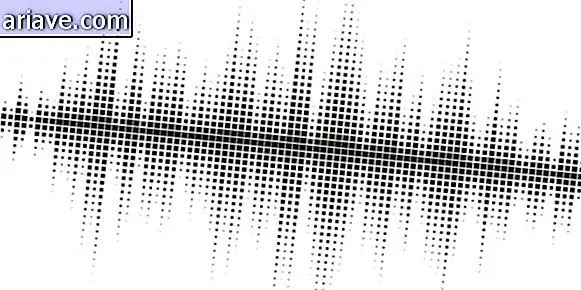Human stem cells are used to create functional liver
The use of stem cells for organ regeneration and possible cure of some diseases is being increasingly studied by scientists, who estimate a promising future for the resolution of many ills.
In a new experiment, Japanese researchers - from Yokohama City University - were able to create, from reprogrammed human stem cells, early-stage livers' sprouts that were successfully transplanted into mice and became functional organs. . In humans, this set of cells is formed early in pregnancy, between the fifth and sixth week.
According to information from the journal Nature, scientists worked with induced pluripotency (iPS) stem cells, which were created from the reprogramming of adult cells, being more versatile than embryonic cells. This is because they have a better ability to differentiate in tissues and cells, adapting to each organ.
Liver sprouts

Thus, when they were implanted into the mice as a liver sprout, they integrated to become a complete liver. To reach this cluster of cells that formed the small liver, the scientists collected common cells of the organ, which were mixed with mesenchymal cells taken from the bone marrow, as well as a portion derived from blood vessels.
This set of cells was cultured and formed three-dimensional structures with genes very similar to those seen in normal early liver development. Three days after the transplant in mice, experts confirmed that the cells had already integrated with the blood supply and began to proliferate. This reaction continued for up to two months, becoming vascularized and increasingly similar to an adult liver.
According to the website Ars Technica, the finding suggests that using stem cells from various sources to recreate an embryonic organ (which will develop within an adult) is very promising. However, there are still many challenges to overcome before putting this technique into practice in humans, as using three different cell sources means that there are three potential sources of rejection problems.











